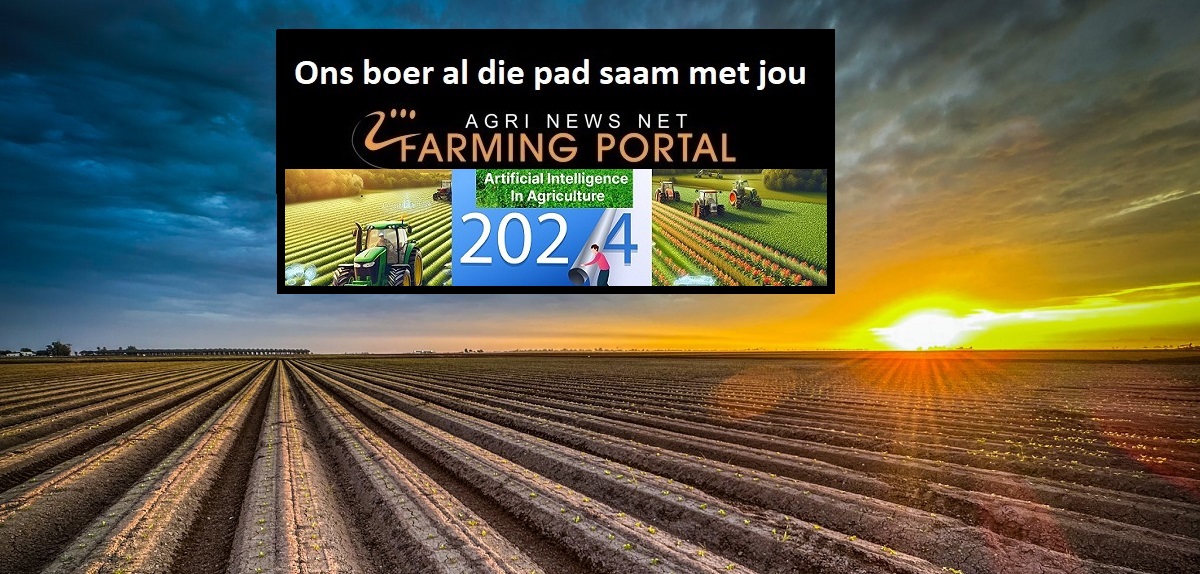Arecent report from the Famine Early Warning Systems Network (Fews Net) is an eye-opener.
“Historic high needs anticipated across southern Africa through early 2025,” the report warns.
“Food assistance needs across countries regularly monitored by Fews Net in southern Africa are expected to exceed 30 million people during the October 2024-March 2025 lean season, driven by the 2023/24 El Niño drought across much of the region and conflict in parts of the Democratic Republic of Congo (DRC) and Mozambique.”
The upcoming lean season is also going to be mean.
This, folks, is a big deal. The latest El Niño has had a more devastating impact on the region than the last strong version of the event in 2016/17.
 “In Fews Net’s drought-affected countries (excluding the DRC), needs are assessed to be 50% higher than the 2023/24 lean season and higher than was estimated during the peak of the last strong El Niño in 2016/17,” the report says.
“In Fews Net’s drought-affected countries (excluding the DRC), needs are assessed to be 50% higher than the 2023/24 lean season and higher than was estimated during the peak of the last strong El Niño in 2016/17,” the report says.
“As of August, many poor households in the region have either nearly or completely exhausted their stocks from the 2024 harvest and are increasingly resorting to unsustainable coping strategies or experiencing food consumption gaps.”
This effectively means that millions of households are running out of food – and the maize crop for the next season has not even been planted yet.
Most of Zimbabwe, southern Malawi, southern Angola, southern and central Mozambique and conflict-affected areas of the DRC are of the gravest concern.
Everything about this disaster is historic. The number of people in need of food aid in the region is at a historic high. And the dry spell in Zambia, which reduced this year’s maize harvest by 50%, was the worst on record.
There are also mounting concerns about livestock in the region – for many rural households, a key asset and source of wealth.
“Many surface water sources are already dry at the start of the July-September dry season following the poor regeneration of water and pasture conditions during the 2023/24 rainy season. While there have not been significant reports of atypical livestock deaths as of the end of July 2024, livestock deaths will likely rise in August and September during the peak of the dry season,” the report says.
Poor households in the region have already resorted to selling livestock and the reported prices are only a quarter of normal levels because of the supply surge.
“The increased engagement in distressed livestock sales (particularly of cattle) to earn income for food purchases or to buy supplementary feed for the remainder of the herd, is eroding households’ assets and reducing their ability to cope with future shocks,” the report says.
 Southern Africa drought crisis demands fresh solutions
Southern Africa drought crisis demands fresh solutions
And water woes are compounding the misery.
“Household access to water is also expected to become critical during the July-October dry season, given increased pressure on the water supply that is leading to atypically high rates of borehole breakdowns,” the report warns.
El Niño has faded and its polar opposite La Niña – which usually heralds good rains in southern Africa – is expected to form soon.
Worryingly, the most recent forecasts now suggest that it will not be as strong as previously expected – this means the region may not receive as much rainfall as it normally would during a La Niña event.
Perhaps it’s a case of aid-for-famine fatigue, but this unfolding humanitarian catastrophe, linked to climate change and conflict, has not received the urgent attention it needs.
“Despite the early warning of the El Niño drought’s impacts, the Zimbabwe Drought Flash Appeal is currently only 11.3% funded and the Malawi Drought Flash Appeal has yet to receive funding; resources allocated to the food assistance response in drought-affected areas of Mozambique and Angola also remain low,” Fews Net says.
This is an alarming crisis that requires urgent action, attention and funding. Things are only going to get worse.
Hopefully, La Niña will unlock the heavens over a parched and withered landscape. Meanwhile, hunger is stalking the region on a historic scale.
 +
+













